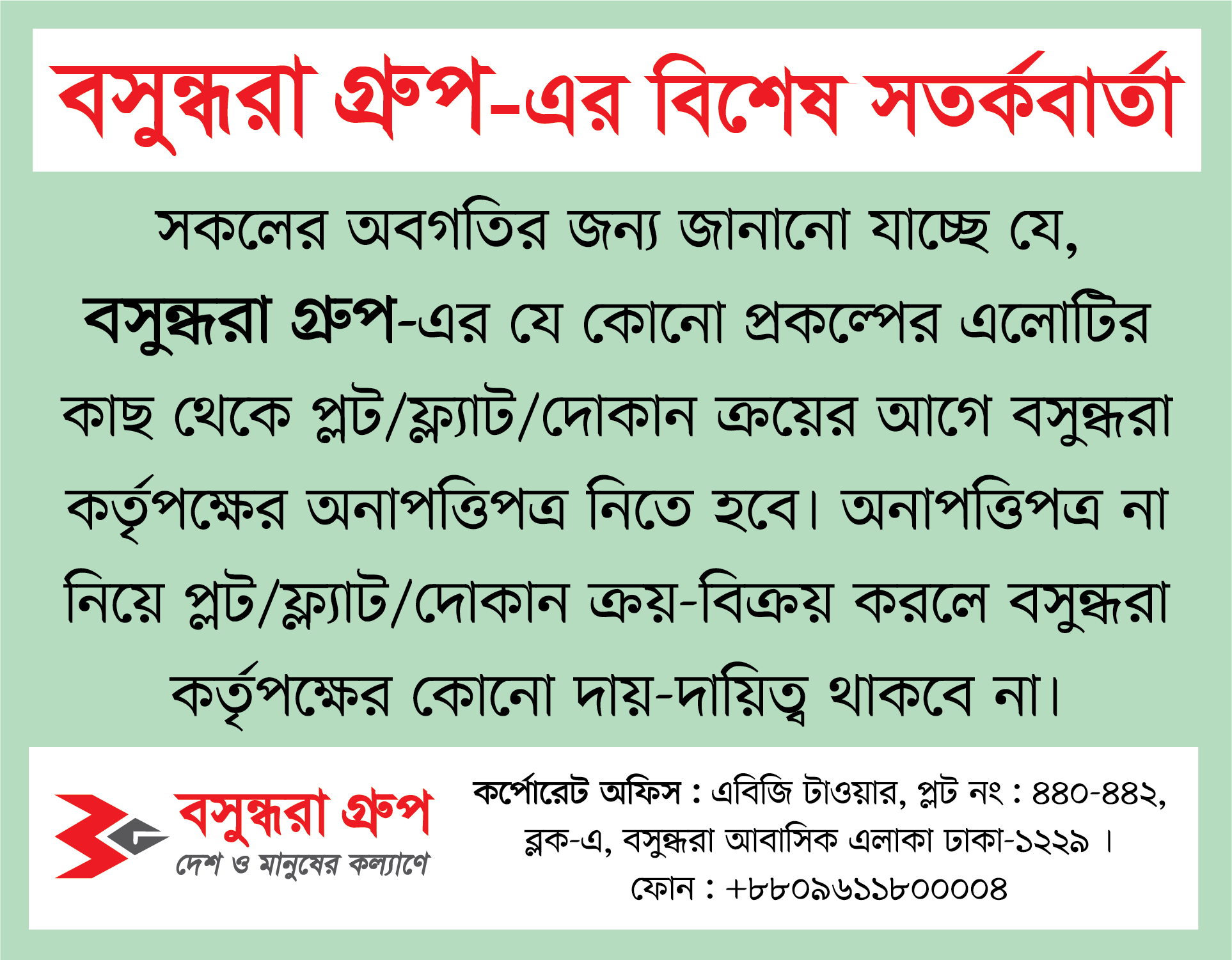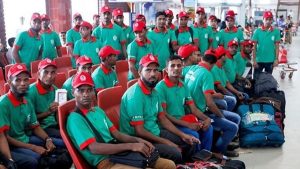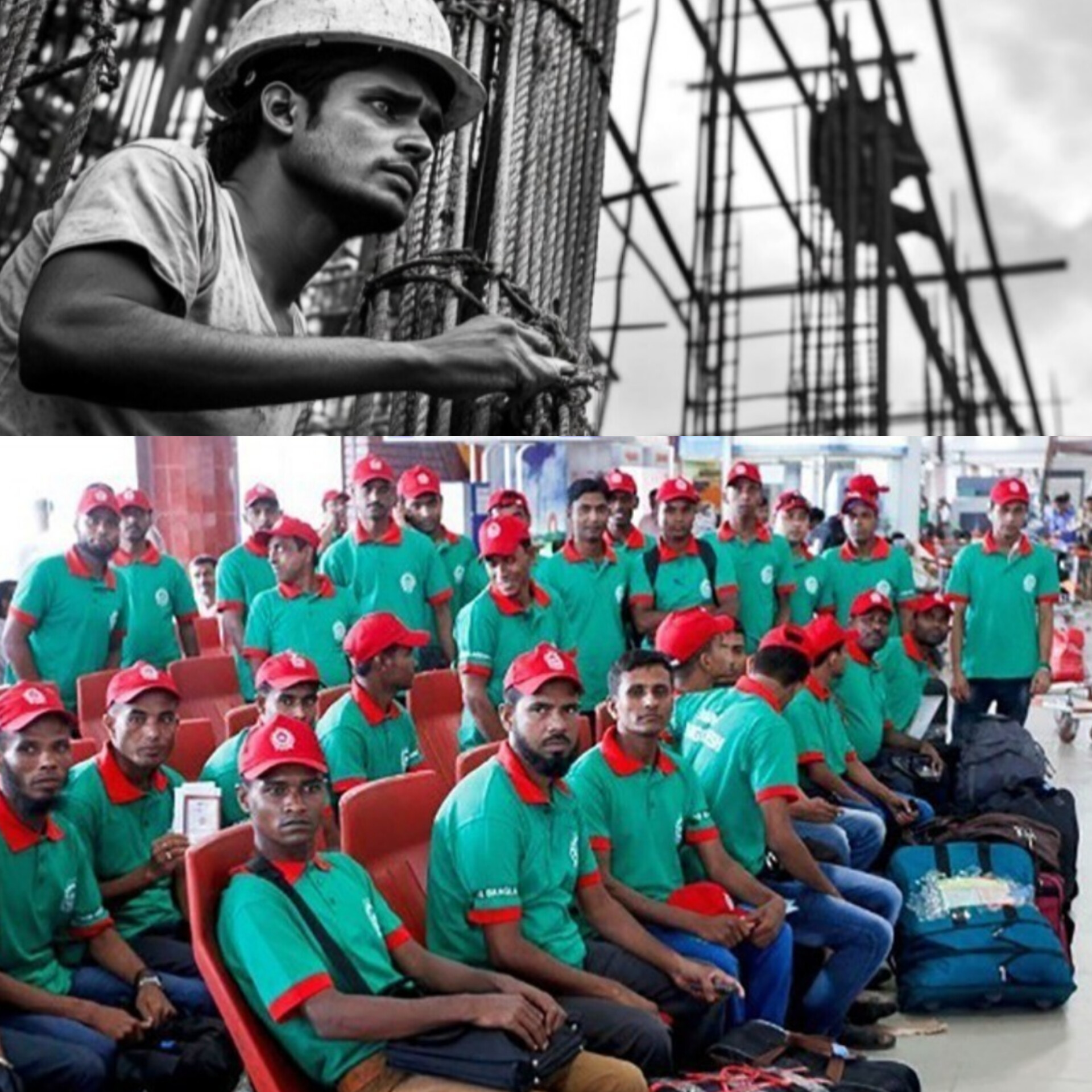
Staff Reporter : For the first time, Accounting has made it into the top 10 jobs for Bangladeshi migrants, with almost 13,000 accountants travelling abroad between January and June, signifying a growing demand for skilled workers from Bangladesh. Ami Probashi, a Bangladeshi digital platform designed to promote transparency, reduce migration costs, and speed up migration, has published its half-yearly report on migrating workers. The report also finds Saudi Arabia the most preferred destination for workers, as last year.

The first six months of the 2024 alone witnessed a robust migration, with over 500,000 workers flying abroad for employment. Among this half a million, approximately 250,000 migrant workers chose Saudi Arabia as their preferred destination between January and June. The Kingdom of Saudi Arabia has become the country of choice for most migrant populations. The availability of skilled and unskilled work from the Kingdom’s leaders’ intense focus on local infrastructure development is thought to have made Saudi Arabia a promising destination. Malaysia claimed the second spot, with almost 93,000 working migrants flying to the country within the same period. Qatar wraps up the top 3 list with 39,517 migrants flying into the country for this period.
Ami Probashi’s report also highlight the category of work most of these people are migrating for. Almost 80% of migrant workers, which is 150,000 workers, fall into the ‘general’ skill type, which includes a mix of skilled and unskilled work. Construction work ranks second with 63,469 migrants and factory work rounds up the top 3 list with 33,748 migrants


The first half report also stated, 10.4% of the total migrants are skilled, with 3.2% of them being professionals in industry-specific roles such as software developers. The remaining 7% are unskilled migrants. This shift in the workforce from unskilled to skilled migration is a positive development for Bangladesh. Historically known for exporting unskilled work, the country’s workforce is now more informed and versatile, thanks to increased investment in education and appropriate training. This shift bodes well for the future of Bangladesh’s labour market, instilling a sense of optimism among policymakers, researchers, and individuals interested in migration trends and labor markets.

Though the number of migrant workers keeps rising every year, women’s participation in this workforce stays marginal, making up only 6% of the total workforce in this six-month period. Most are houseleeks (13,190).
From January to June, migration trends across various divisions revealed Dhaka leading with 121,520 migrant workers, followed by Chattogram at 91,530. Khulna and Rajshahi reported 37,290 and 35,660 migrants, respectively, while Mymensingh sent 26010 workers abroad. Sylhet saw 17,380 migrants. The underdeveloped division of north Rangpur had the lowest number, with only 14,410 migrants.
During this timeframe, 183,274 Individual visa types were issued. Group visa types accounted for 28,223, while 24,638 visas were self-acquired. The number of self-acquired or one-stop visas has dramatically risen, especially compared to previous months, when numbers were much lower and often accounted for less than 1% of total visas processed. This significant increase is a testament to the remarkable success of the Ami Probashi app, as it grants more agency to individual migrants, streamlines the visa processing operation, and contributes to reducing intermediary involvement, leading to fraud and harassment.
The migration scenario in the first half of this year was a mixed match with plenty of positives. The opening of European markets in Italy with 20,000 new visa approvals within November is a promising development, and the market is expected to settle down and grow in the second half of the year. Still, transparent, cost-effective, and speedy migration remains a significant challenge, and digital solutions like Ami Probashi can help workers ensure all of these.

